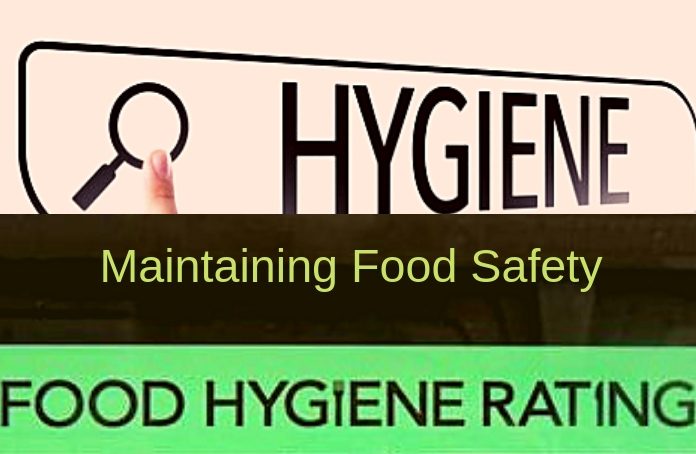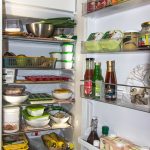Food Safety is process of handling, preparing and storing food in a way best reduce the risk of individuals becoming sick from consuming them. Similarly food contamination’s are infections or irritations of the digestive system caused by food or beverages that contain harmful bacteria, parasites, viruses, or chemicals.
As a result common symptoms of food contamination’s are illnesses include vomiting, diarrhea, abdominal pain, fever, and chills.
Basics to Food Safety
 Hygiene
Hygiene
Wash both the hands properly before, during and after meal preparation. use soapy water for at least 15 seconds. Keep surfaces clean, including shelves, counter tops, tables, refrigerators and freezer.
Washing fruits and vegetables: Wash fruits and vegetables well with tap water until the gross debris is removed.
Wash cutting boards thoroughly in warm soapy water after each use or place in dishwasher. Discard old cutting boards that have cracks and excessive knife scars. Use a bleach solution or other sanitizing solution and rinse with clean water.
Separate foods
Prevent cross-contamination by keeping raw meats, poultry, seafood’s and eggs separately from ready-to-eat foods. Do this in your shopping cart, bags and fridge. Use two cuttings boards; one for raw meat, poultry and seafood; other for ready-to-eat foods including breads and vegetables.
Refrigerate properly
Refrigerate foods at a proper temperature as a result it slows the growth of bacteria and prevent food poisoning.
Maintain refrigerator temperature below 40°F and freezer at or below 0°F. keep a refrigerator thermometer inside and check regularly.
Refrigerate all leftover food within two hours if outdoors temperature is 90°F or warmer refrigerate within one hour. Keep raw meat, poultry, seafood and eggs separately from other foods in the fridge.
Maintain Cooking temperature
Seafood, meat, poultry and egg dishes should be cooked at safe minimum internal temperature.Thus it destroys any potentially harmful bacteria. Use a food thermometer to ensure that it is cooked to a safe internal temperature.
Groups that have greater risk due to food contamination
- Infants and children.
- Pregnant women and their fetuses.
- People with weak immune systems.
- Older adults.
Maintaining health food habits not only helps you to combat any diseases and also helps in boosting energy and improving longevity; (i.e.) helps live a longer life.




























